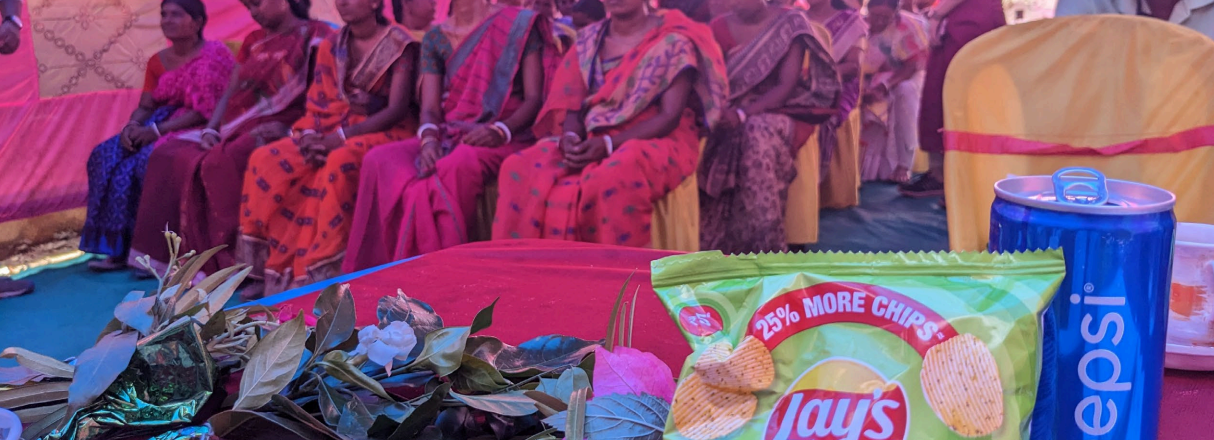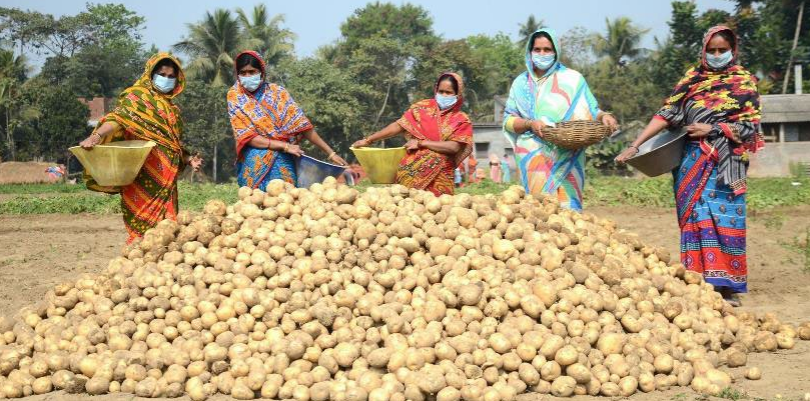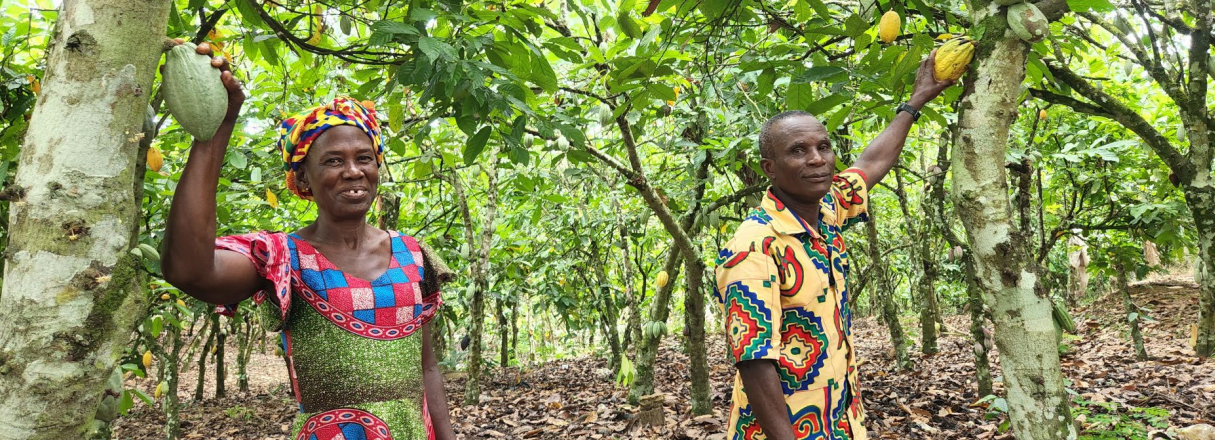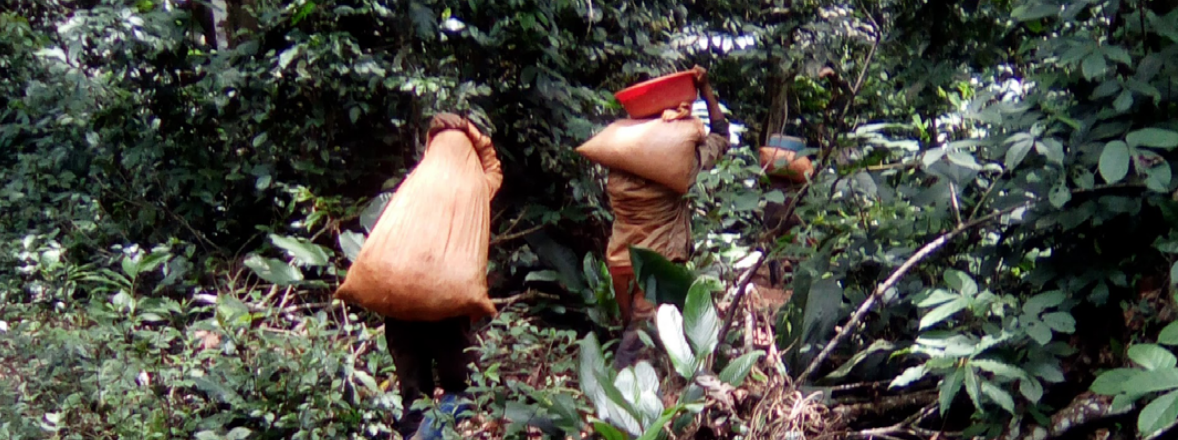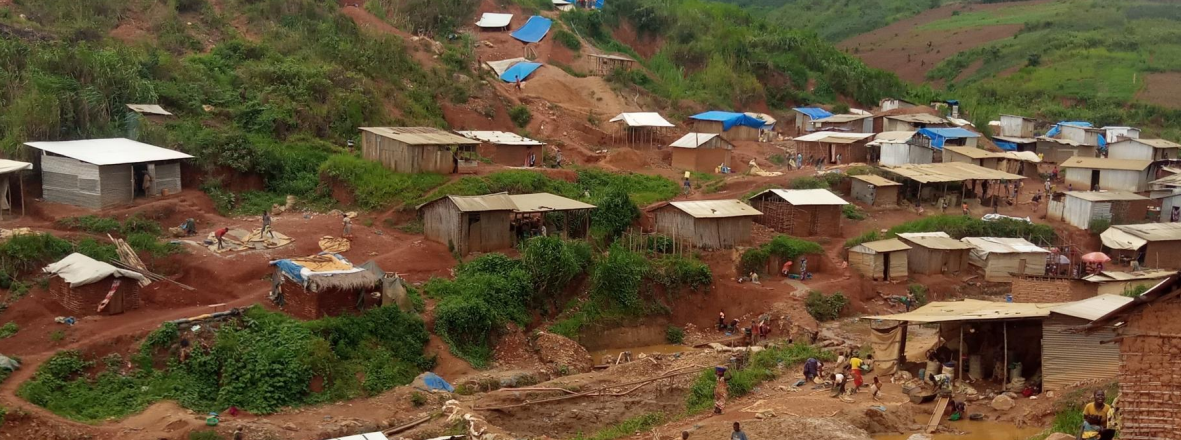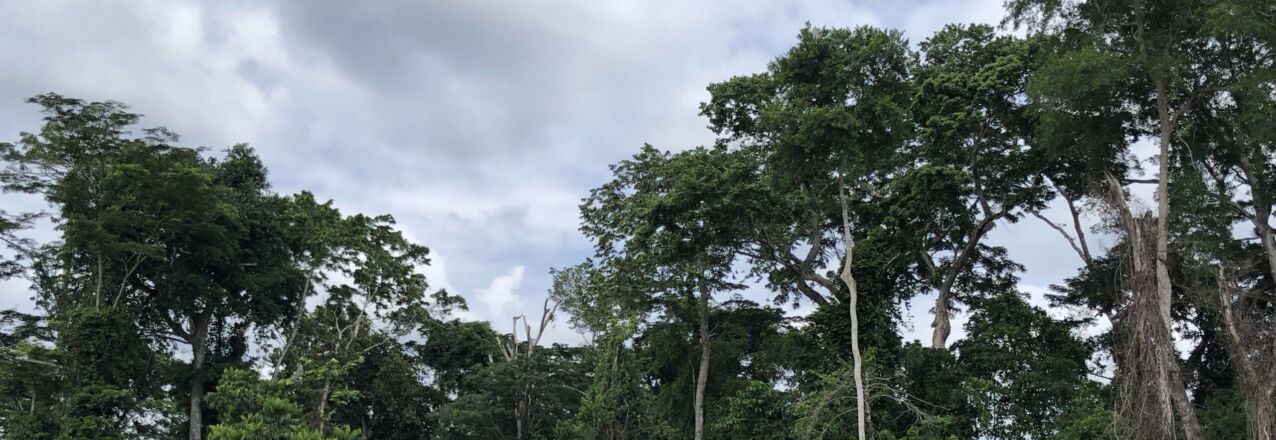Summary
This study examines the impact of semi-industrial gold mining on local conflict and security dynamics in the eastern Democratic Republic of Congo (DRC). It provides an in-depth analysis of the context in which semi-industrial gold mining companies have been established in Mwenga territory (South Kivu province) since 2017, and of their impact on the fragile security situation (Map 1).
The intersection between conflict and gold mining in Mwenga began as early as 1997 when the gold mines of the Société Minière et Industrielle du Kivu (SOMINKI, a former state mining company) were overrun by artisanal miners and rebel movements. Two decades later, conflicts still persist in the area, causing Banro Corporation, the multinational company that acquired the majority of SOMINKI’s shares, to cease its mining activities in 2019 due to violence against its employees. While Banro’s industrial operations were paralyzed, gold mining by semi-industrial companies – often Chinese-owned – increased significantly. Between 2017 and 2019, six semi-industrial companies established themselves in the territory, including Congo Blueant Minerals SARL and Société Orientale Ressources Congo SARL (ORC) (Map 2). Since their arrival, local populations, civil society and state authorities have complained about these companies’ behavior.
This report discusses how these semi-industrial companies have established themselves in Mwenga, as well as the impact of their practices on the security situation. The study uses the notion of ‘practical norms’ to explain the companies’ strategies to set up and secure their operations. ‘Practical norms’ refer to the gap between actual informal practices and the legal provisions that regulate the mining sector. It is a set of informal norms that underpin the practices of actors who deviate from official norms, notably the mining laws in this case. First, the practices of these companies do not abide by or adhere to the mining law and formal regulations governing the mining sector. Second, in order to acquire access to gold deposits, they sign partnership agreements with mining cooperatives, which serve as fronts for the companies. Consequently, the cooperatives do not act in the best interests of the artisanal miners whom they supposedly represent. To date, the details of these agreements remain opaque. Third, the mining companies continue to operate with the support of a vast predatory network involving state, customary, and military authorities at various levels.
In order to illustrate the complexity of these networks, this study presents the different actors, the challenges they face, as well as the strategies they have developed to navigate the gold mining sector.
The geographies where the semi-industrial miners work have become areas that operate outside of government control without mining taxation or traceability of mineral production. State mining services and local authorities do not dare to enter the mines because of heavy militarization in and around the mines through the deployment of large numbers of soldiers of the national army (Forces Armées de la République Démocratique du Congo, FARDC) and police, who are perceived as so-called ‘Chinese guards’. This excessive presence of security forces also lies at the root of illegal taxation and has led to arbitrary arrests.
Traditional chiefs can be considered key actors enabling installation of semi-industrial companies in Mwenga. They have organized social dialogues to convince local populations to accept these companies’ operations, dialogues often perceived as a way to silence, and even intimidate, the population.
At the heart of tensions surrounding semi-industrial gold mining in Mwenga are civil society actors who have been the main whistleblowers. The advance of semi-industrialization has however also led to the creation of multiple new civil society organizations and a climate of division between them. This does not happen by chance but is rather the intended consequence of a policy of ‘divide and rule’ developed by the mining companies and their supporters. The semi-industrial exploitation of gold has thus become one of the main drivers of insecurity, at times involving local militias. This insecurity manifests itself not only in terms of physical violence, but through the destruction of the means of subsistence of local populations.
In addition to the arrival of foreign-owned companies, the process of ‘semi-industrialization’ is characterized by the spread of quartz stone crushers in the artisanal gold supply chain of South Kivu. The introduction of hundreds of crushing mills at several ASM sites has changed labor relations and favored the emergence of local entrepreneurship with a direct impact on the production of gold. Unfortunately, these machines also cause accidents and a number of pollution-related illnesses. The spread of these crushing mills has also triggered conflicts with mining cooperatives. Even though these conflicts have not turned into violence, it does show that the mere process of semi-industrialization, in general, entails risks beyond the arrival of (foreign) mining companies.
Finally, the study highlights long-term security risks, as semi-industrial mining is a major source of predation, social destruction and conflict. First, semi-industrial gold mining actors operate in well-established, powerful networks that enable predatory behavior against local populations. Operating from the national capital of Kinshasa, the South Kivu capital of Bukavu, and at the mining sites, these networks involve state authorities, heads of the mining administration, the military and police, as well as customary authorities. It is thus hard to tackle this climate of predation. The second risk factor concerns the way in which semi-industrial gold mining affects mining governance, namely by creating areas where the State cannot control activities and production, by fostering suspicion over corruption by state and customary authorities, and by making the gold trade more opaque. Thirdly, a heavy price is paid in terms of social cohesion as semi-industrial gold mining creates deep divisions within local civil society and pits traditional chiefs against their own populations. Therefore, there is a risk of score-settling by dissatisfied populations in which local militias may become active. These risks urgently need to be addressed if the gold sector is to be beneficial to the DRC and its people.
The report concludes with recommendations that aim to address the negative impacts, conflicts and security risks associated with semi-industrial mining activities. They recommend a few actions that will encourage semi-industrial operators to comply with mining regulations and to promote peaceful coexistence between semi-industrial operators and local populations. Finally, they highlight the importance of raising local populations’ awareness of their rights with regard to companies’ mining operations.



